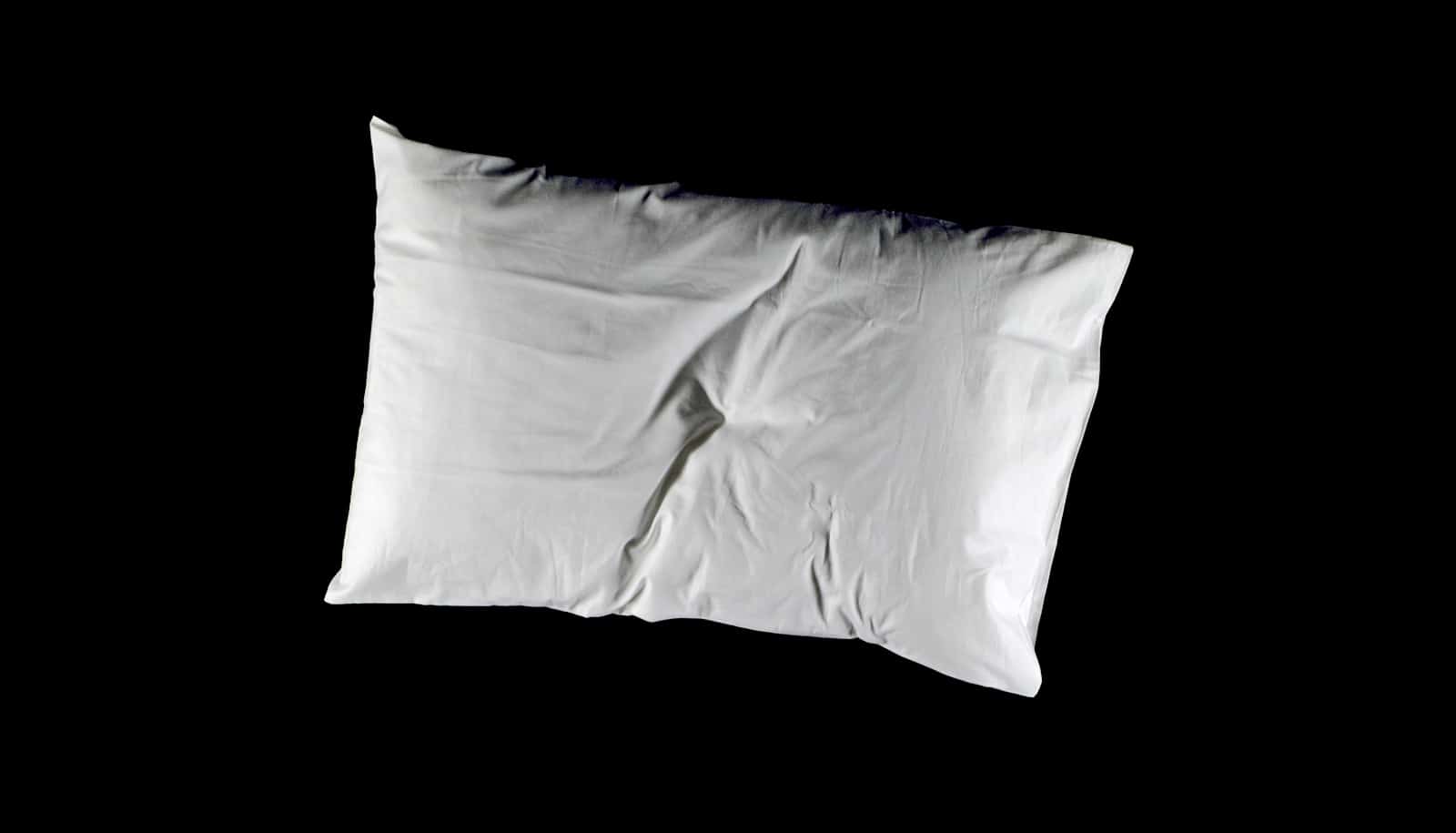Newly discovered molecules can modulate circadian rhythms by binding to a melatonin receptor in the biological clock, according to new research in mice.
Like breathing or blinking, most people don’t notice the behaviors our circadian rhythms regulate, such as digestion and sleep-wake cycles.
But when circadian rhythms malfunction, the result can be any one of a broad range of serious, chronic disorders, from insomnia and depression to obesity, diabetes, and bipolar disorder.
A key piece to the puzzle of circadian rhythms and the disorders they’re involved in is the hormone melatonin, which the brain produces in the evening, to facilitate falling asleep and fine-tune circadian adjustments.
The research in Nature could facilitate the development of targeted therapies that can either mimic or counteract the actions of melatonin. Melatonin is implicated in numerous circadian disorders ranging from depression, blindness, seasonal affective disorder, and sleep disorders to difficulties experienced as a result of jet lag and shift work.
Fixing the biological clock
“This discovery allows us to now focus on the development of unique new molecules to generate a response that will help bring sleep patterns and other biological rhythms in line with environmental light and dark cycles, providing the sense of well-being that is only experienced when such rhythms are in sync,” says Margarita L. Dubocovich, a professor in the pharmacology and toxicology department in the Jacobs School of Medicine and Biomedical Sciences at the University at Buffalo.
The study outlines three major achievements:
- The discovery of ligands unrelated to any known melatonin receptor ligands through the computational docking (simulating three-dimensional binding) of more than 150 million diverse, “make-on-demand” molecules.
- The discovery that these molecules (UCSF 7447 and UCSF 3384) that never existed before attach with high strength and selectivity to human or mouse MT1 melatonin receptors. They generate cellular responses opposite to those melatonin does, which provided the rationale for the mouse circadian behavior.
- The discovery that the cellular responses seen in vitro translated directly to in vivo function, slowing down adjustment to a new environmental light/dark period in the mouse model of jet lag, with one unexpected finding demonstrating that they mimic melatonin to modulate rhythms in the absence of light cues.
The publication last spring of the first crystal structure of the MT1 receptor further facilitated this work, providing the team with the “template” to fit new melatonin molecules into the receptor pocket.
“For us, it was at first exciting to see the novelty of the new ligands that emerged from fitting members of an ultra-large chemical library into the receptor structure,” says Brian K. Shoichet, professor in the pharmaceutical chemistry department at the University of California, San Francisco.
“That’s what one always hopes for in a structure-based program—finding new chemistries not imaginable from knowing the endogenous ligand (here, melatonin). What made this doubly exciting was to see the new chemistries lead to new signaling, in the Roth lab experiments, and to unexpected animal pharmacology in the Dubocovich lab.”
“My UNC lab spent more than a year characterizing the pharmacology and drug-like properties of the molecules before we could hand them off for animal testing in the Dubocovich lab at UB. We were all excited to see that the new compounds Brian and I had discovered had interesting properties in mice,” adds Bryan L. Roth, a professor in the University of North Carolina at Chapel Hill School of Medicine.
Pinpointing the molecules
The new research caps what Dubocovich says has been her 15-year search to discover MT1 ligands.
“Ever since we demonstrated that melatonin’s effect of resetting biological clocks in vivo circadian models occurs through actions at the MT1 receptors, we have focused through various collaborations on searching for ligands that would better fit the human melatonin receptor,” she says. “Our hope has always been to find selective MT1-type molecules, either one that works to modulate circadian rhythms responses as with melatonin or its opposite as with the molecules discovered in this study.”
The ultimate goal, she says, was always to develop drugs that could address all the disorders that disrupted circadian rhythms can cause.
“So,” she says, “when Brian Schoichet called to ask about our interest in testing in our circadian mouse models the novel molecules they had identified from his ultra-large library of over 150 million compounds, we were eager to collaborate!”
Dubocovich describes the UCSF vast virtual library as a “gold mine” of millions of molecules with distinct shapes, many of which have never been synthesized or seen in nature, and all of them available for mining and “docking” (fitting) into the pocket of the targeted receptor. The team advanced the research directly from discovery of these molecules to the assessment of their ability to mimic or oppose the effect of melatonin, to in vivo demonstrations of how these molecules impact the animals’ circadian function.
The team found it especially interesting that the two molecules they discovered in this study generate two distinct and opposite mouse circadian responses that are dependent on clock time and the environmental light conditions that the animals experience.
In the experiments where the onset of dark is advanced (known as reentrainment or the jet lag model) the molecules slow this reentrainment or adjustment, an effect opposite to that of melatonin. However, when researchers exposed mice to constant dark, the two molecules demonstrate an effect identical to that of melatonin.
“This could be potentially useful to entrain rhythms to the 24-hour day in populations removed from natural light/dark exposure, including the blind as well as some shift workers, submarine workers, or those working in extreme environments, such as polar explorers,” she says.
The promise of ‘chronopharmacology’
“When the body is exposed to an abrupt change in the light/dark cycle, like what we experience when we travel across continents, there isn’t sufficient time for the biological clock to adjust upon reaching the destination,” Dubocovich explains.
“Giving these new molecules at the appropriate clock time under a light/dark cycle would allow us to decelerate our ability to adjust to the new environment, potentially providing a treatment for certain types of jet lag and, more importantly, addressing other conditions affected by circadian rhythm disruptions, such as shift work, sleep disorders, and depression,” she says.
This finding reinforces the increased interest in chronopharmacology, the premise of which is that pharmaceuticals given at the time when a patient’s biological clock is ready to receive them—given conditions of a precise time of day and environmental lighting—will produce a more effective outcome.
Dubocovich says the next step will be to identify the molecular and signaling pathways that translate the response exerted by these molecules from the time they interact with the receptors in the biological clock to the ultimate circadian behavior expressed in a mouse or human.
Additional coauthors are from UC San Francisco, UNC, the University at Buffalo, the National Institute on Drug Abuse, Enamine Ltd. National, the University of Kyiv, Chemspace, and the University of Southern California.
Support for the research came from NIH, the NIMH Psychoactive Drug Screening Contract, PhRMA Foundation Fellowship, Jacobs School of Medicine and Biomedical Sciences, HFSP long-term fellowship, postdoctoral fellowship from the Swedish Research Council, and the National Science Foundation BioXFEL Science and Technology Center.
Source: University at Buffalo



